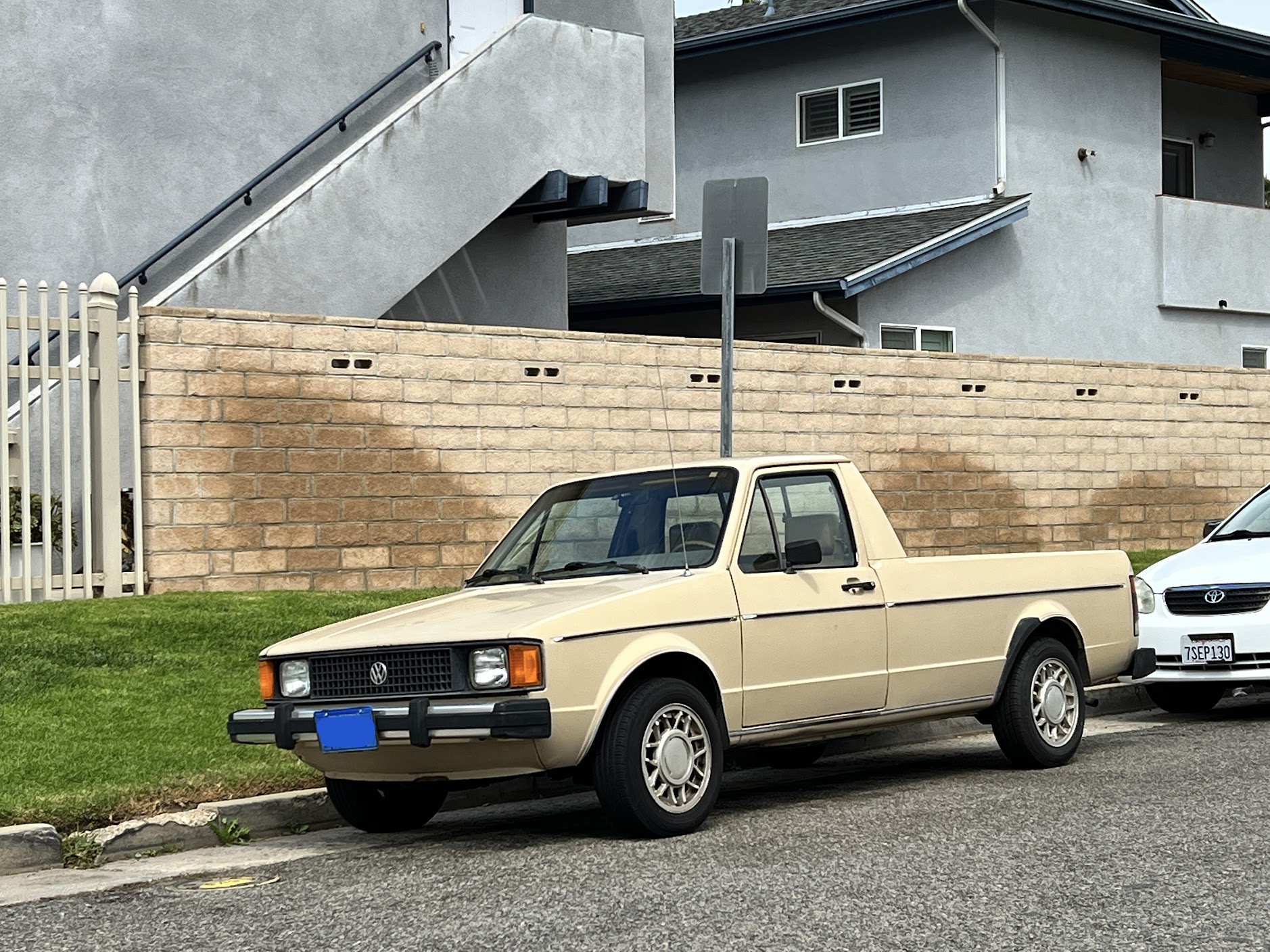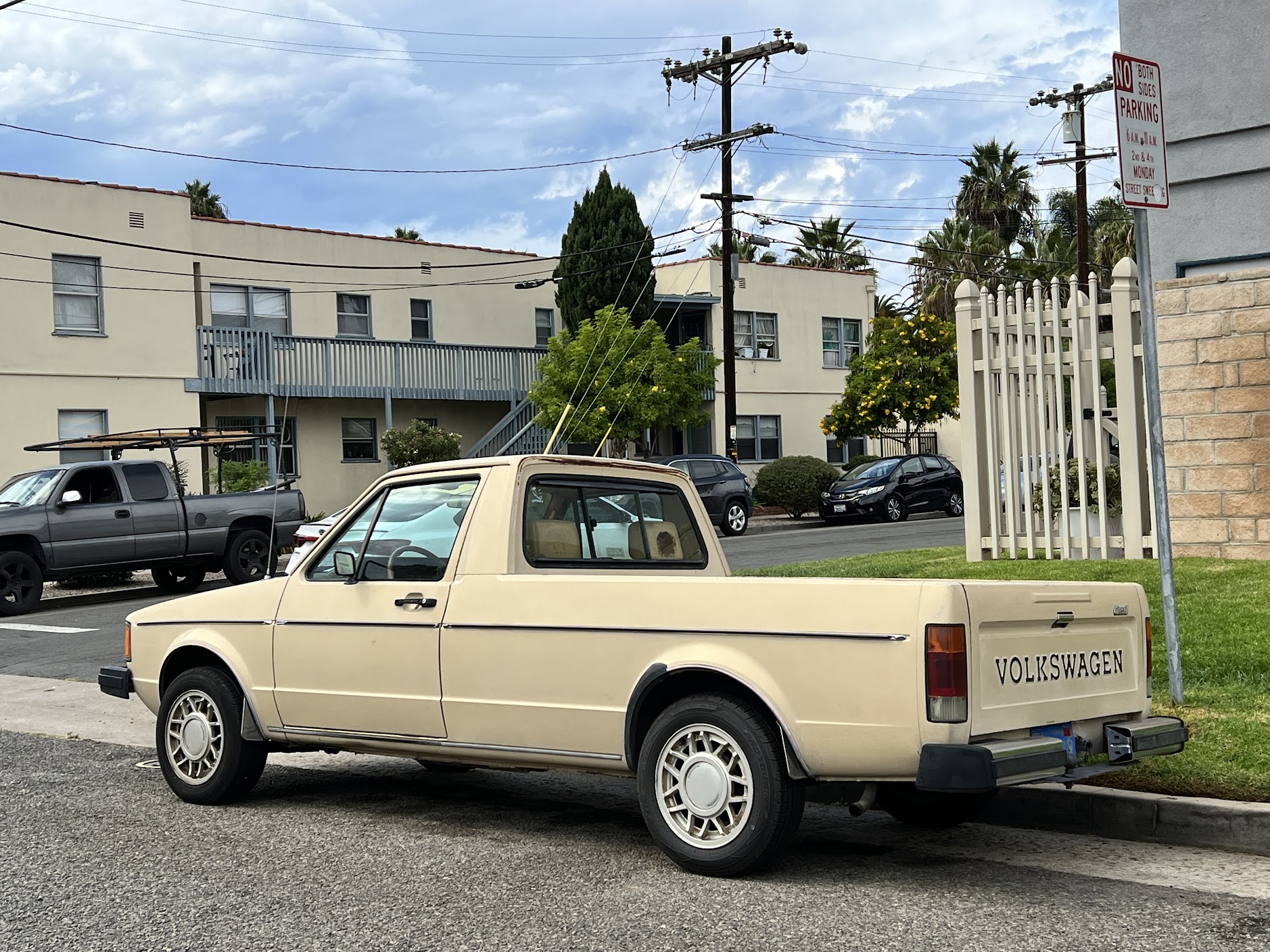In 1979, Volkswagen took its Rabbit car model and created a compact pickup version of it. They wanted to compete with all the compact pickups hitting the market at the time, and the Rabbit Pickup fit the bill.
Built on a car frame (much like the El Camino), the Rabbit Pickup had a wheelbase that was nearly 9 inches longer than that of its sedan counterpart. It sported a six-foot bed and could haul up to 1,100 pounds.
The Rabbit Pickup attracted many consumers because its high mileage (45 MPG) allowed them to save money on fuel.


Consumers also liked that they could choose between many different options and “mold” their Rabbit Pickups into vehicles that best suited their own needs. Some of the options included:
Engine
* 1.6 liter gasoline engine – 78 horsepower and 84-lbs.ft. of torque
* 1.6 liter diesel engine – 48 horsepower and 56.5-lbs.ft. of torque
Transmission
* Four-speed manual transmission (front wheel drive)
* Five-speed manual transmission (front wheel drive)
* Three-speed automatic transmission (gasoline engines only)
Trim
* Standard trim
* LX with a cloth or premium vinyl interior, chrome bumpers, an AM/FM radio, a trip odometer, and vent windows
Packages
Volkswagen offered many different packages. Two of the most popular ones were:
* The Sport Package, which included a center console, bucket seats, body side stripes, and a sport steering wheel
* The Western Package, which included cargo bed tie-down rails, a skid plate, and Western-style mirrors
Data Source: VWPartsVortex
Were you a fan and should VW have a small pickup here in the USA?